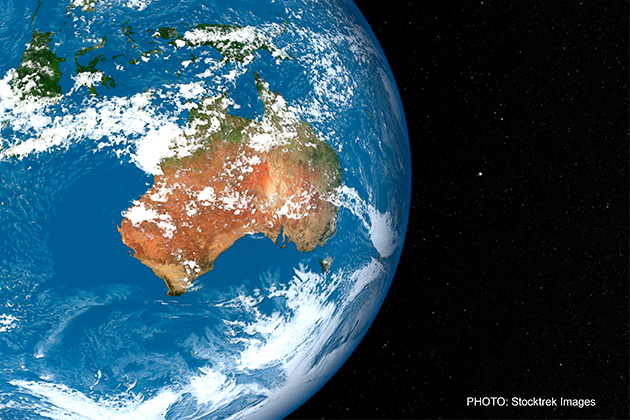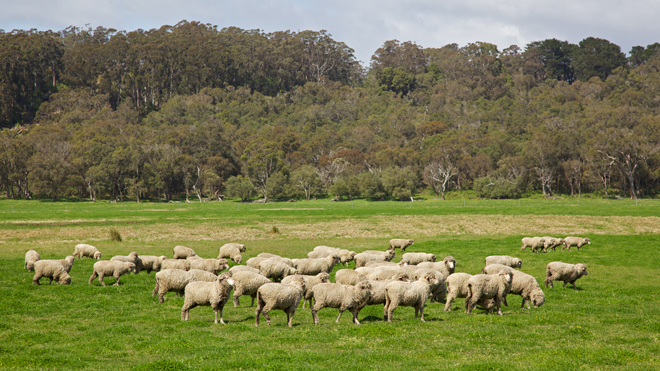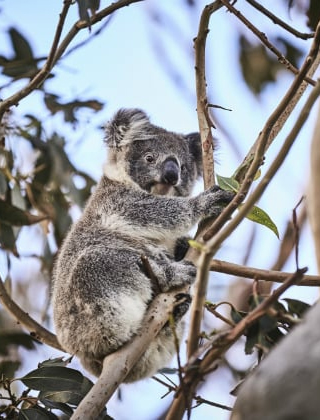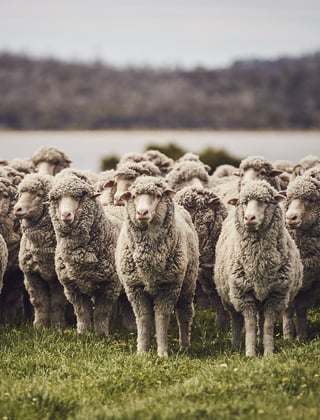Welcome to Australian Wool Innovation, a hub for the woolgrowers of Australia.
Not a woolgrower? Looking for information about wool products, wool care or wool processing?
The Woolmark Company is the global authority on wool. Visit Woolmark.com instead.
New satellite imagery R&D

A new, two-year project is underway to help Australian woolgrowers more easily and cost-effectively provide high-quality environmental data about their farm to the supply chain.
As textile brands increasingly seek wool from farms with verified positive environmental practices, the traditional method of on-site audits by ecologists has proven too costly and time-consuming for widespread adoption by woolgrowers and their advisors.
A groundbreaking new two-year project seeks to overcome these challenges by leveraging advanced satellite imagery to consistently and efficiently measure on-farm natural capital metrics such as ground cover, tree cover, shade and shelter, and greenhouse gas sequestration.
The project is a collaboration involving AWI, La Trobe University, the Macdoch Foundation (Farming for the Future), Integrated Futures and the SmartSat Cooperative Research Centre (CRC). Funded by the Australian Government, the SmartSat CRC is a consortium of industry and research organisations dedicated to developing space and satellite technologies.
The project will utilise SmartSat CRC's ‘Earth observation’ capability, La Trobe University's expertise in artificial intelligence and machine learning, and Farming for the Future's extensive dataset of ground-truthed observation points, to enhance the measurement and monitoring of on-farm natural capital.
The project has a total value of $4,865,950 (cash and in-kind) and was made possible by $120,000 in seed funding from AWI.

The new project will leverage advanced satellite imagery to measure on-farm natural capital metrics such as ground cover, tree cover, shade and shelter, and greenhouse gas sequestration. PHOTO: ZambeziShark
AWI Program Manager, Fibre Advocacy & Eco Credentials, Angus Ireland, says the project’s goal to empower Australian woolgrowers to meet market demands by cost-effectively reporting their environmental credentials.
“Measuring and reporting on natural capital is increasingly important for woolgrowers to demonstrate their environmental performance and ensure market access,” Angus said.
“The new project will apply cutting edge remote sensing technology to improve the accuracy and cost-effectiveness of measuring, monitoring and reporting natural capital and environmental outcomes on a farm-scale, with the aim to increase adoption of the technology.
“It is anticipated that, once validated and implemented, the new technology will be applicable across a wide range of geographic areas and farming systems. A range of service providers such as farm advisors and farming groups will be trained and supported in its use to encourage adoption by woolgrowers.
“This project is another example of the way that AWI’s is working to help woolgrowers access tools to assist them to reach their individual environmental sustainability goals and provide evidence along the supply chain of the eco-credentials of Australian wool.”
SmartSat Chief Executive Officer, Prof Andy Koronios, says the project is aligned with SmartSat CRC’s broader objectives to support the recently announced National Science and Research priorities.
“This project, focusing on the use of remote sensing technologies for natural capital asset classification, exemplifies SmartSat CRC's commitment to collaborative research aligned with the nation’s science priorities and to use space tech innovation to help solve our current challenges on Earth.”
This article appeared in the September 2024 edition of AWI’s Beyond the Bale magazine. Reproduction of the article is encouraged.















